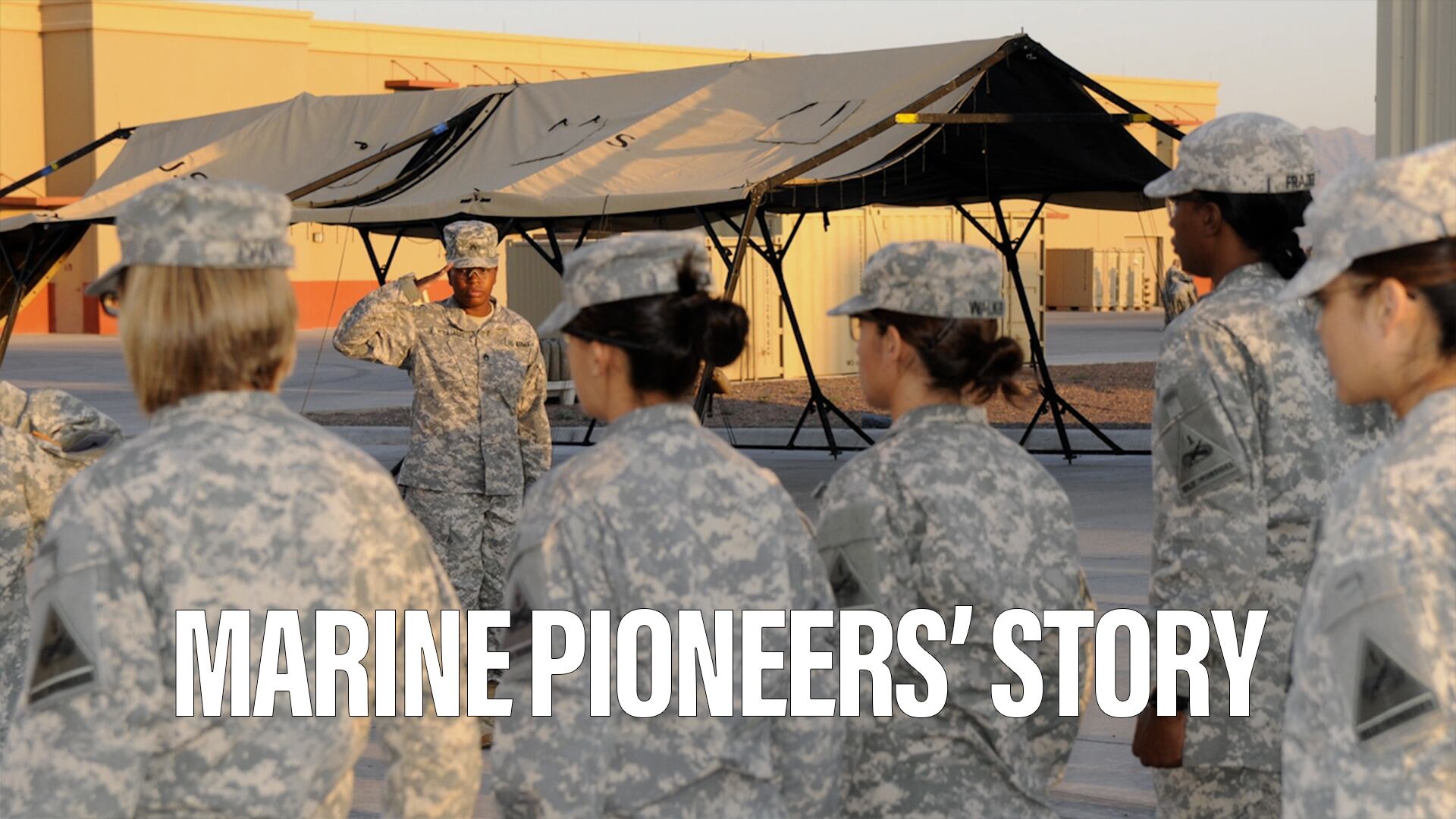This past October, The US Air Force's award of awarded a major contract for its new Long-Range Strike Bomber (LRS-B) to the Northrop Grumman . Corporation. This award was important for many reasons: It gives the country an advanced military capability in a vital area; it demonstrates the Air Force has learned well from past acquisition missteps; and it suggests guidance for the prioritization of finite aerospace budgets. Allow me to elaborate.
The ability of the US Air Force to conduct, on short notice, long-range precision strike with a heavy bomber is a major American core competency no other nation possesses. However, conducting such missions in the future requires highly sophisticated aircraft capable of penetrating elaborate and increasingly integrated enemy air defense networks.
Unfortunately, the aging US bomber inventory is not capable of meeting this enduring and long-term challenge. The workhorse B-52 bomber first entered service in the 1950s, and the B-1 reached its initial operating capability in the 1980s. The 20 twenty stealthy B-2s, the only bombers capable of penetrating these defenses, are nearly a quarter-century old. This US bomber fleet is too few in numbers, too short in capability and too long in the tooth.
In an increasingly complicated and troubled international environment, including the expanded military capabilities and aggressive behavior of China, Iran and Russia, the US needs to reinforce its deterrence and defense strategies with enhanced credible global strike capability. Doing so, particularly for "first-night" operations intended to defeat enemy air defenses and their sophisticated radar systems, requires stealth aircraft with large payloads and long ranges — hence, the operational necessity for the LRS-B.
Planning for multiple far-flung, possibly simultaneous, contingencies, the Air Force decided it needed about 100 new bomber aircraft.
To meet that goal, the Air Force has worked diligently for the past four years to get this acquisition right. It has taken numerous steps to avoid repeating mistakes seen in its failure to procure the needed number of F-22 fighters, and in its attempt to field a new tanker aircraft, which resulted in a protested and overturned award — delaying the program for several years.
This time, the Air Force has seemingly gone to great lengths to ensure the requirements for the LRS-B were thoroughly developed, vetted and well understood. In the past decade, a failure to stabilize initial requirements, both the technical capability of the systems and the numbers required, resulted in the cancellation of several programs, caused disturbing cost growth in some and contributed to long schedule delays in others.
To increase the odds of a successful acquisition approach attached to reasonable and achievable requirements, the Air Force used its Rapid Capabilities Office to ensure that technologies and systems applicable to planned LRS-B missions were identified and evaluated. This effort increased the use of mature technologies, thereby reducing overall program risks. Experience shows that increased risks nearly always lead to increased costs.
As for the costs, several organizations, including the Air Force's Cost Analysis Agency and the Defense Department's Office of Cost Assessment and Program Evaluation (CAPE), used established parametric analysis techniques to validate the cost of the initial phase of the program and the projected average procurement cost for each aircraft. Keeping those costs within bounds will be essential to acquiring the number of LRS-Bs the nation needs.
Finally, prioritization matters. The cost and value of the LRS-B will be weighed against other major Air Force acquisitions now in play or planned: the KC-46 tanker, the F-35 fighter and the T-X trainer aircraft.
In constant dollars over the next five years the Air Force budget is basically flat, even with the additional funds provided by the recent congressional budget agreement. To accomplish this needed modernization, the FY16 Air Force budget's only reflected growth — a meager 1 percent at that — is in its development and procurement accounts. Unfortunately, as a senior Pentagon budget official once noted regarding spending reductions, "When it becomes a carnivorous world, the budget cutters look at the things wearing meat."
Reinforcing this observation, Frank Kendall, defense undersecretary for acquisition, technology and logistics, recently forecast "disproportionate" cuts to modernization, research and development, and procurement in future defense budgets.
So where should the Air Force prioritize? Given an expanding set of global challenges and a diminishing global base structure, it must focus on the long-range strike mission. As Air Force Chief of Staff Gen. Mark Welsh has commented, the Air Force will be forced to absorb budget cuts before finalizing its 2017 budget, cuts that may be as large as $5 billion under current estimates.
This will generate significant debates, as it always does, regarding those programs and efforts retaining funding, and those reduced to pay for it. But given all the considerations relevant to emerging strategic demands, technological potential, operational needs and — perhaps most significantly — aircraft inventory and age, the Air Force should make every effort to keep the LRS-B program on track.
Sometime in the future, the nation will be grateful for this effort as it calls upon the essential capability that only the LRS-B can provide.
By M. Thomas Davis, a former defense industry executive and a retired Army officer. He is the author of numerous studies and articles on defense management policies.








